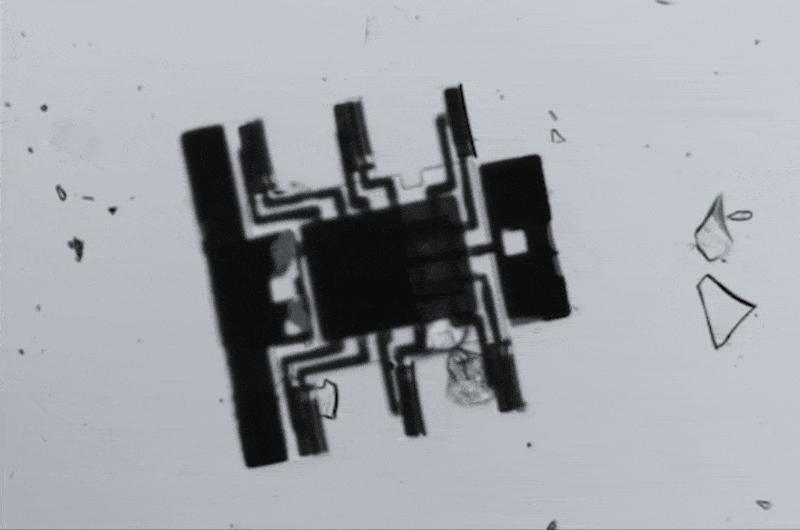As technology continues to advance at breakneck speed, researchers at Cornell University have introduced a revolutionary concept in the realm of robotics. Imagine tiny robots that are not just minuscule in size but capable of autonomous movement, powered solely by light. These innovative creations, coined “Antbots,” are ushering in a new era of robotics that could profoundly impact various applications, from environmental cleanup to medical interventions.
The Birth of the Antbots
Led by researcher Michael Reynolds, the Antbots are unique in that they are the size of actual ants—significantly smaller than the earlier iterations of micro-machines. In contrast to previous designs, which often required continuous thermal cycling to operate, these tiny machines embody the true essence of a robot. The Antbots’ remarkable design incorporates three crucial systems:
- Photovoltaic Cell: This component captures light and converts it into energy, functioning as the robots’ power source.
- Integrated Circuit: A miniature circuit board that controls how energy is utilized, allowing the Antbots to navigate autonomously, albeit with limited intelligence.
- Hinged Legs: Designed for movement, these legs enable the Antbots to scoot around efficiently.
Autonomy at a New Scale
While labeling these robots as “autonomous” can be somewhat misleading, they are capable of operating independently without direct intervention. Instead of relying on complex coding and real-time user inputs, the Antbots respond to pulsed lasers or radio signals to move in a controlled manner. Their simplicity allows for functional movement but restricts the scope of their cognitive abilities.
The team at Cornell demonstrated multiple designs that showcase various gaits, alongside a more advanced “dogbot” that can accept basic commands. However, the constraints of miniaturized electronics limit the complexity of tasks that the robots are capable of performing.
From Theoretical Innovation to Practical Applications
One of the most exciting aspects of the Antbot project lies in its potential applications. The environmental and medical fields stand to benefit greatly from these miniature machines. Here are a few possible uses:
- Environmental Monitoring: Antbots could be deployed to observe ecosystems, gather data, and contribute to environmental conservation efforts.
- Targeted Drug Delivery: In the medical arena, these tiny robots could transport medications directly to targeted cells or tissues, minimizing side effects and enhancing treatment efficacy.
- Microscopic Surgery: They could cooperate in conducting surgical procedures at a cellular level, opening pathways for revolutionary advancements in medicine.
The Path Ahead: Challenges and Considerations
Despite their promising capabilities, there remain challenges to overcome before Antbots can be widely implemented. The current silicon fabrication processes used allow for relatively simple functionalities. To achieve greater autonomy and intelligence, researchers would need to embrace cutting-edge fabrication techniques, which typically employ sub-10-nm processes. By improving the intricacy of the circuits, researchers could potentially enhance the robots’ intelligence and operational capacity.
Conclusion
The Antbots represent a captivating frontier in the field of robotics. Their ability to operate independently, powered solely by light, positions them as a promising solution for various real-world issues. As advancements continue and researchers explore new methodologies and technological innovations, we can only anticipate the substantial impact these tiny robots will make across multiple sectors.
At fxis.ai, we believe that such advancements are crucial for the future of AI, as they enable more comprehensive and effective solutions. Our team is continually exploring new methodologies to push the envelope in artificial intelligence, ensuring that our clients benefit from the latest technological innovations.
For more insights, updates, or to collaborate on AI development projects, stay connected with fxis.ai.

